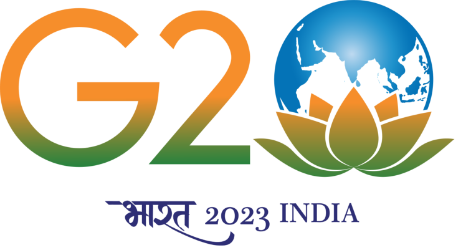Palladium(II) Driven Single/Multi Cavity Coordination Cages of Lower Symmetry
Date22nd Nov 2022
Time03:00 PM
Venue offline - CB310, Seminar Hall, Department of Chemistry.
PAST EVENT
Details
Abstract: In biological systems, the presence of low symmetry structures with specific function is fairly common; DNA, RNA, and proteins for instance. The construction of metallo-supramolecular assemblies based on symmetrical ligands is well established. However, the construction of metallo-supramolecular assemblies based on unsymmetrical ligands is less explored. The major issue during the construction of low symmetry complexes is the formation of a isomeric products due to their comparable thermodynamic stability. Controlled bent angle of the coordinating vector along with the distance between donor atoms and intersecting point of the coordinating vector of ligand affords the cages of designer shapes, and sizes.1,2 Coordination of Pd(II) with suitable non-chelating unsymmetrical bis-monodentate ligand (Lun) may result in architectures of different nuclearity formulated as Pdn(Lun)2n type complexes. The number of possible isomers would increases for Pdn(Lun)2n, with the increase in nuclearity.3 Therefore, formation of one isomer out of huge numbers of possible isomers is highly challenging. Linear extension of unsymmetrical bidentate ligand (Lun) to tridentate unsymmetrical ligand is known to furnish linearly conjoined multicavity cages.4 Shape complementary drives the formation of these low symmetry multicavity cages that are utilized for selective guest binding studies.5 Therefore, possible control over the isomeric distribution inspired us to design unsymmetrical non-chelating polydentate, multifunctional ligands which upon complexation with Pd(II) may result bi-, tri-, and tetranuclear low symmetry metallo-supramolecular cages. The metallo-supramolecular cages will be screened for various sensing and guest encapsulation studies.
----------------
1. Saha, S.; Regeni, I.; Clever, G. H. Coord. Chem. Rev. 2018, 374, 1-14.
2. Li, R. J.; Fadaei-Tirani, F.; Scopelliti, R.; Severin, K. Chem. Eur. J. 2021, 27, 9439–9445.
3. Li, R. J.; Tarzia, A.; Posligua, V.; Jelfs, K. E.; Sanchez, N. A.; Marcus; Baksi, A.; Clever, G. H.; Fadaei-Tirani, F.; Severin, K. Chem. Sci. 2022, 13, 11912–11917.
4. Lewis, J. E. M. Angew. Chem. Int. Ed. 2022, 61, e202212392.
5. Lisboa, L. S.; Preston, D.; McAdam, C. J.; Wright, L. J.; Hartinger, C. G.; Crowley, J. D. Angew. Chem. Int. Ed. 2022, 61, e202201700.
Speakers
Mr. Ashish Kumar (CY20D001)
Department of Chemistry

